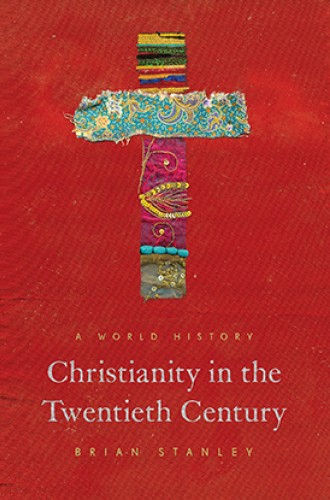The “Christian century” and the people who lived it
Brian Stanley pulls off a readable, one-volume history of 20th-century Christianity.
Readers of this publication are aware that the 20th century was tagged at its beginning as “the Christian century.” Certainly it was a Christian century, but in ways that those original framers could hardly have dreamed.
In 1900, nearly half of the world’s Christians lived in Europe, and two-thirds of all Christians lived on either side of the North Atlantic. Except for a few scattered pockets, Christianity was rarely found in Africa and Asia. By the end of the century, two-thirds of all Christians lived in Africa, Asia, and Latin America—and Christianity in Europe had become a shell of its former self. Alongside these demographic shifts, the past century has produced Pentecostalism, fundamentalism, neoorthodoxy, the German Christians, Vatican II, liberation theology, feminist theology, evangelicalism, the “death of God,” ecumenism, and the prosperity gospel (just to name a few of the major developments).
What is the historian to say to all this, especially when the dust has barely settled on some of these developments and others are still ongoing? Brian Stanley has taken on this daunting task, producing a marvelous historical look at the sweep of 20th-century Christianity in less than 400 readable and insightful pages.






